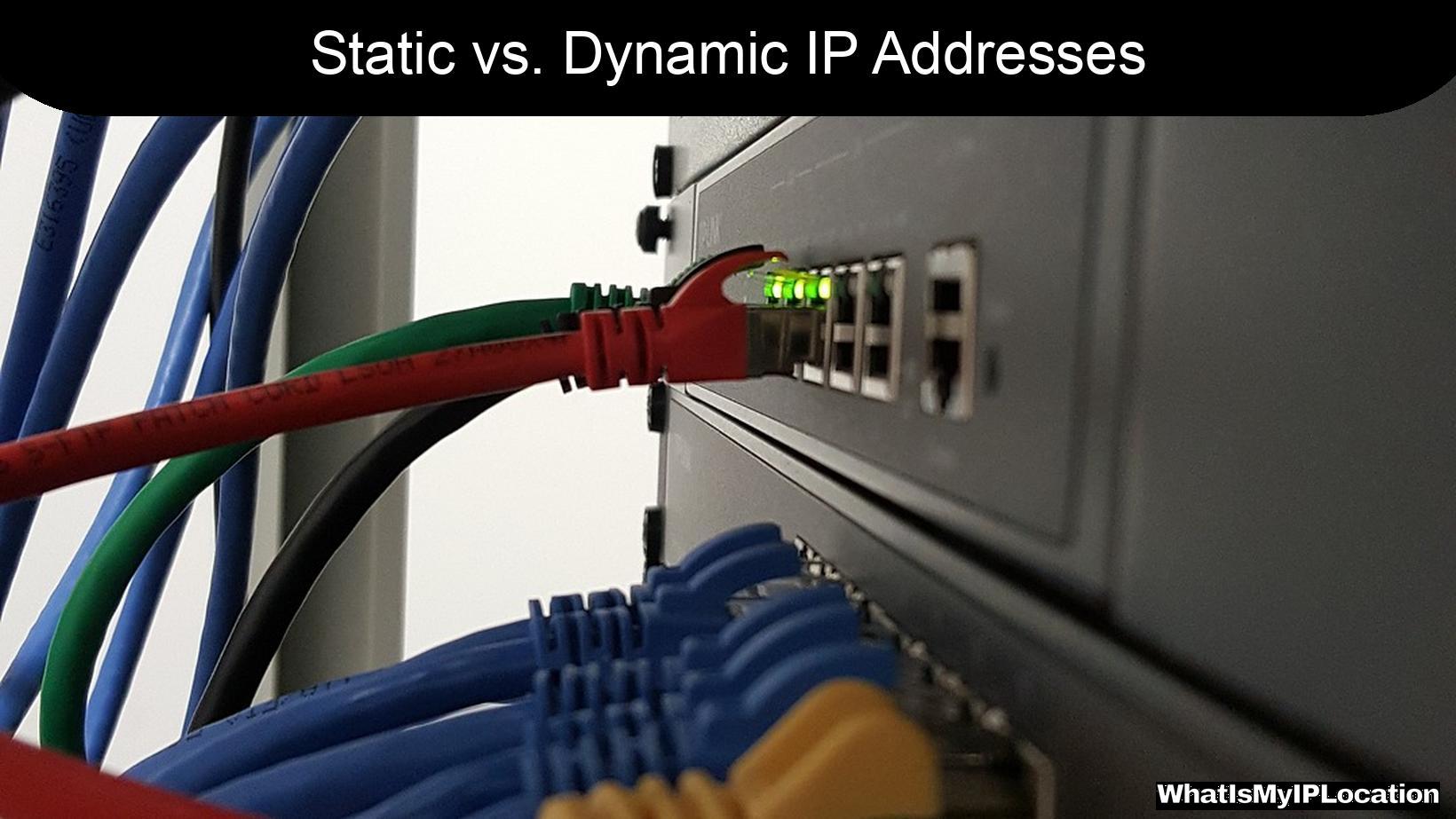In the vast world of the internet, every device connected to a network needs a unique identifier. This identifier is known as an IP address (Internet Protocol address). Understanding the difference between static and dynamic IP addresses is crucial for anyone looking to navigate the digital landscape, whether you’re setting up a home network, managing a business, or just curious about how the internet works. Let’s dive into the details!
What is an IP Address?
An IP address is like a home address for your device on the internet. It allows devices to communicate with each other, sending and receiving data. There are two main types of IP addresses: IPv4 and IPv6. IPv4 addresses are the most common, consisting of four sets of numbers separated by periods (e.g., 192.168.1.1). IPv6 addresses are newer and designed to accommodate the growing number of devices online, featuring a longer format with hexadecimal numbers.
Static IP Addresses
Definition
A static IP address is a permanent address assigned to a device. It doesn’t change over time, making it easy for other devices to find and communicate with it. Static IPs are often used for servers, websites, and other devices that need a consistent point of contact.
Advantages of Static IP Addresses
- Reliability: Since the address doesn’t change, it’s easier to establish a reliable connection.
- Remote Access: Static IPs are ideal for remote access applications, such as VPNs or remote desktop connections.
- Hosting Services: If you’re hosting a website or a game server, a static IP ensures that users can always find your server at the same address.
- Easier DNS Setup: Domain Name System (DNS) settings are simpler with static IPs, as they don’t require frequent updates.
Disadvantages of Static IP Addresses
- Cost: Static IP addresses often come at a premium price from your Internet Service Provider (ISP).
- Security Risks: Because they don’t change, static IPs can be more vulnerable to hacking attempts.
- Limited Availability: There are a finite number of IPv4 addresses, making static IPs harder to come by.
Dynamic IP Addresses
Definition
A dynamic IP address is a temporary address assigned to a device each time it connects to the internet. These addresses are managed by a DHCP (Dynamic Host Configuration Protocol) server, which assigns IPs from a pool of available addresses.
Advantages of Dynamic IP Addresses
- Cost-Effective: Dynamic IPs are usually included in standard internet service packages, making them more affordable.
- Enhanced Security: Since the address changes frequently, it’s harder for hackers to target a specific device.
- Efficient Use of IP Addresses: Dynamic addressing allows ISPs to manage their IP address pools more effectively, ensuring that addresses are used only when needed.
Disadvantages of Dynamic IP Addresses
- Inconsistent Access: If you need to access a device remotely, a dynamic IP can be problematic since the address may change.
- Potential Downtime: If the DHCP server fails, devices may struggle to obtain an IP address, leading to connectivity issues.
- DNS Complications: Setting up DNS for dynamic IPs can be more complex, as the address may need to be updated frequently.
Key Differences Between Static and Dynamic IP Addresses
| Feature | Static IP Address | Dynamic IP Address |
|---|---|---|
| Address Type | Permanent | Temporary |
| Cost | Usually higher | Generally included in service plans |
| Security | More vulnerable | More secure due to frequent changes |
| Ease of Access | Easier for remote access | Can be challenging for remote access |
| Management | Requires manual configuration | Managed automatically by DHCP |
When to Use Static vs. Dynamic IP Addresses
Use Cases for Static IP Addresses
- Web Hosting: If you’re running a website, a static IP ensures that visitors can always reach your site.
- Email Servers: Static IPs are beneficial for email servers to avoid being flagged as spam.
- Remote Work: For businesses that require remote access to internal networks, static IPs simplify the process.
Use Cases for Dynamic IP Addresses
- Home Networks: Most home users don’t need a static IP, making dynamic addresses a cost-effective choice.
- Mobile Devices: Smartphones and tablets often use dynamic IPs as they connect to various networks.
- General Browsing: For everyday internet use, dynamic IPs are sufficient and more secure.
Conclusion
Understanding the difference between static and dynamic IP addresses is essential for anyone looking to make informed decisions about their internet connectivity. Whether you choose a static or dynamic IP will depend on your specific needs, budget, and security considerations.
In summary, static IP addresses offer reliability and ease of access for servers and remote connections, while dynamic IP addresses provide cost-effectiveness and enhanced security for everyday users. By knowing the pros and cons of each type, you can better navigate your digital world and make choices that suit your needs.
As technology continues to evolve, so will the ways we connect to the internet. Whether you’re a tech enthusiast or just starting your journey, understanding IP addresses is a fundamental step in mastering the digital landscape. So, the next time you connect to the internet, remember the role your IP address plays in keeping you connected!
